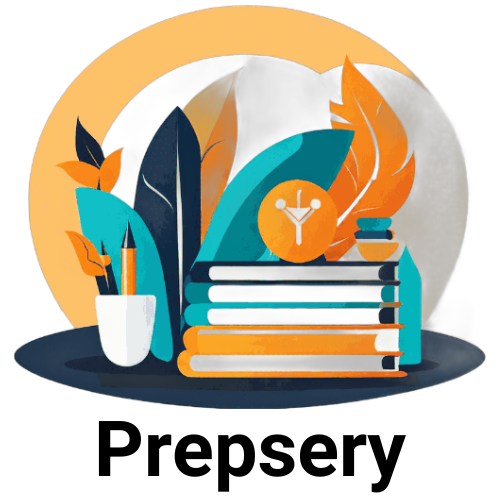Question: I’m worried about a bad SAT score; how can I study better?
Question from a reader: I’m studying for the SAT right now (trying to take it in the next few months), but I am worried about not getting a good enough score to get into my college of choice. How can I study these next few months to ensure I get a high enough score?
🎓 Acing the SAT: Your Guide to Studying Smart and Scoring High! 🎓
First off, don’t stress too much. With the right study plan, you can absolutely achieve the score you need to get into your dream school! 😊
Let’s start with the basics. The SAT is a standardized test used for college admissions in the United States. It was first introduced way back in 1926 (can you imagine taking the SAT almost 100 years ago? 😲). The test is owned and published by the College Board, a non-profit organization.
NOTE: The SAT has undergone several revisions throughout its history. The current version of the SAT, which includes the Evidence-Based Reading and Writing and Math sections, was rolled out in 2016.“
📝 The SAT has two main sections:
- Evidence-Based Reading and Writing (CollegeBoard Overview)
- Reading Test (52 multiple-choice questions, 65 minutes)
- Writing and Language Test (44 multiple-choice questions, 35 minutes)
- Math (CollegeBoard Overview)
- Calculator-permitted portion
- No-calculator portion
- 58 questions total (45 multiple choice, 13 grid-in), 80 minutes

Each section is scored on a scale of 200-800, making a “perfect” score 1600. The average SAT score is around 1050. Generally:
- A score of 1200+ puts you in the top 25% of test takers and makes you competitive for many colleges.
- A score of 1400+ puts you in the top 5% and makes you a strong applicant at even the most selective schools. 🏆
So, how can you make the most of the next few months of studying? Here are my top tips:
- 🎯 Take a practice test to get a baseline score. This will help you understand your strengths and weaknesses and create a targeted study plan. The College Board offers free practice tests on their website.
- 🏫 Set a target score based on the colleges you’re interested in. Look up the average SAT scores for admitted students at your goal schools. Aim for a score at or above that average to give yourself the best chance.
- 💪 Focus your studying on your weakest areas. If you struggle with the Reading section, for example, spend extra time practicing those skills. Khan Academy is a great free resource for targeted practice by subject area.
- ⏰ Take full, timed practice tests regularly. Treat them like the real thing, with minimal breaks, to build up your stamina and get used to the format. Aim to complete a practice test every 2-3 weeks.
- 🔍 Review every practice test carefully. Don’t just look at your score – go through each question you got wrong and make sure you understand the correct answer and why your answer was incorrect. This is where the real learning happens!
- 🌟 Don’t neglect your strengths. While you should focus on shoring up your weaknesses, you also want to maintain and improve in areas you’re already strong in. Dedicate at least 25% of your study time to your best subjects.
- 😌 Manage your stress. Make sure you’re sleeping well, eating right, and taking breaks. Positive visualization and breathing exercises can also help calm your nerves leading up to and during the test.
Remember, the SAT is a marathon, not a sprint. Consistent, focused studying over 2-3 months is the best way to maximize your score. You’ve got this! Stay motivated, put in the work, and you’ll be able to achieve your goal score and get into your dream college. 🎉
Best of luck with your studying! 🍀



